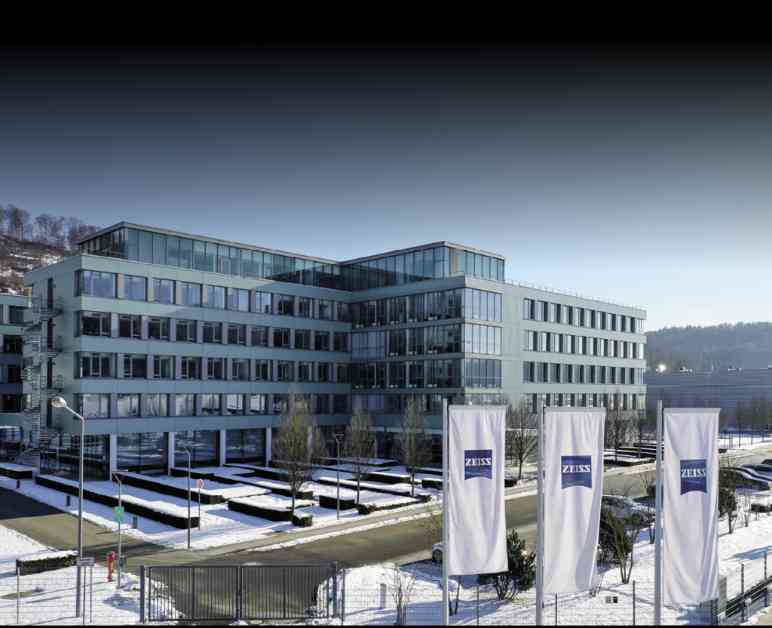North America and China Impact Business Development – Navigating Global Markets
The business sectors of ophthalmology and microsurgery have been key areas of focus for Carl Zeiss Meditec in recent years. However, the company has faced challenges with declining revenue and profitability, particularly in North America and China. The company’s EBIT has dropped significantly below the previous year’s levels, and its stock price has reached a five-year low.
Looking ahead, Carl Zeiss Meditec aims to address these issues by implementing cost-saving measures to offset the impact of weak performance in North America and China. The company has revised its annual forecast and is striving to restore its EBIT margin to 20% in the medium term.
Founded in 2002 through the merger of the ZEISS Ophthalmology business unit and the medical laser startup Asclepion-Meditec AG, Carl Zeiss Meditec has become a global leader in the field of ophthalmology and microsurgery. The company’s product portfolio includes systems and consumables for cataract surgery, corneal refractive surgery, and the management of chronic eye diseases. Additionally, Carl Zeiss Meditec provides solutions for the diagnosis and treatment of conditions affecting the posterior segment of the eye.
Revenue and profitability have been on an upward trend for over a decade, with few exceptions. However, the company experienced a setback in the current fiscal year, with a 2% decline in revenue. The ophthalmology business unit saw a 1% decrease in revenue, while the microsurgery unit experienced a 4% drop.
The decline in revenue can be attributed to weak sales of refractive consumables in China and lower demand for equipment, particularly in North America. The microsurgery unit was also impacted by a slowdown in neurosurgery business. While revenue in Europe increased by 16%, sales in North America fell by 13% and in the APAC region by 4%.
The company’s EBIT decreased by 33% to approximately 163 million euros, with an EBIT margin of 10.9% compared to 16.2% in the previous year. Management attributed the decline to a weaker product mix due to inventory reduction in the Chinese distribution channel and delayed implementation of government procurement systems for intraocular lenses. Despite these challenges, cost-saving initiatives have shown initial success, with additional measures planned for the fourth quarter and the following year.
Carl Zeiss Meditec’s stock price has reached a five-year low, dropping by 40% and placing it among the weakest performers in the MDAX index. However, the company’s market capitalization remains relatively stable in relation to its annual revenue. The current KGV for the company is 30, with expectations of 33 for the current year and 25 for the following year.
CEO Dr. Markus Weber acknowledged the challenges faced by the company and predicted a longer recovery period for the markets than initially anticipated. While there are signs of stabilization in the equipment and consumables business, Carl Zeiss Meditec aims to enhance productivity by leveraging its innovation pipeline and focusing on cost optimization in manufacturing.
Despite the economic downturn in China and challenges in North America, Carl Zeiss Meditec remains optimistic about its future prospects. The company is committed to addressing cost issues and anticipates improved performance in the coming year.
In conclusion, Carl Zeiss Meditec continues to navigate the complexities of global markets, with a strategic focus on ophthalmology and microsurgery. Despite recent challenges, the company remains a leading player in its field and is dedicated to overcoming obstacles to drive future growth and profitability.















